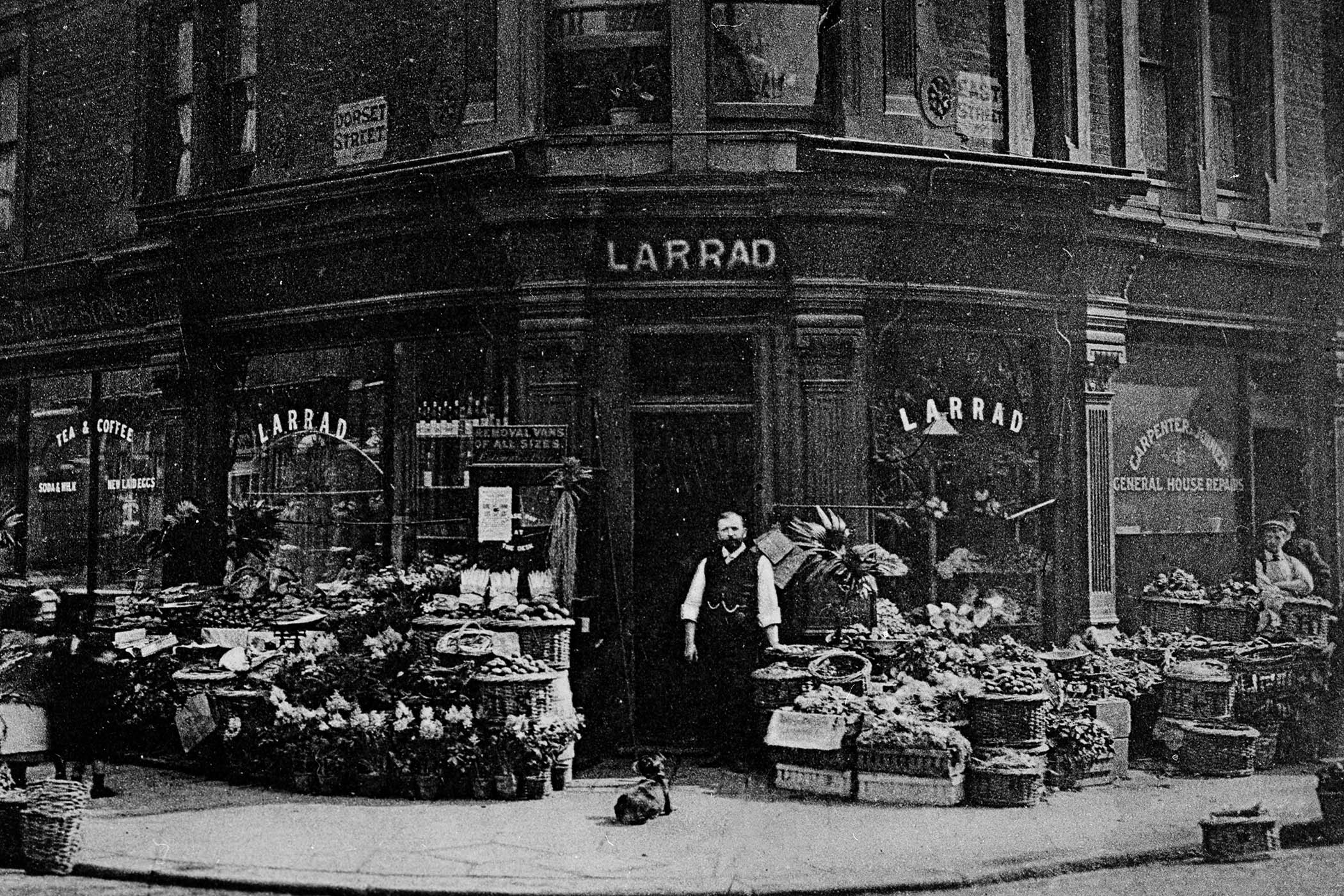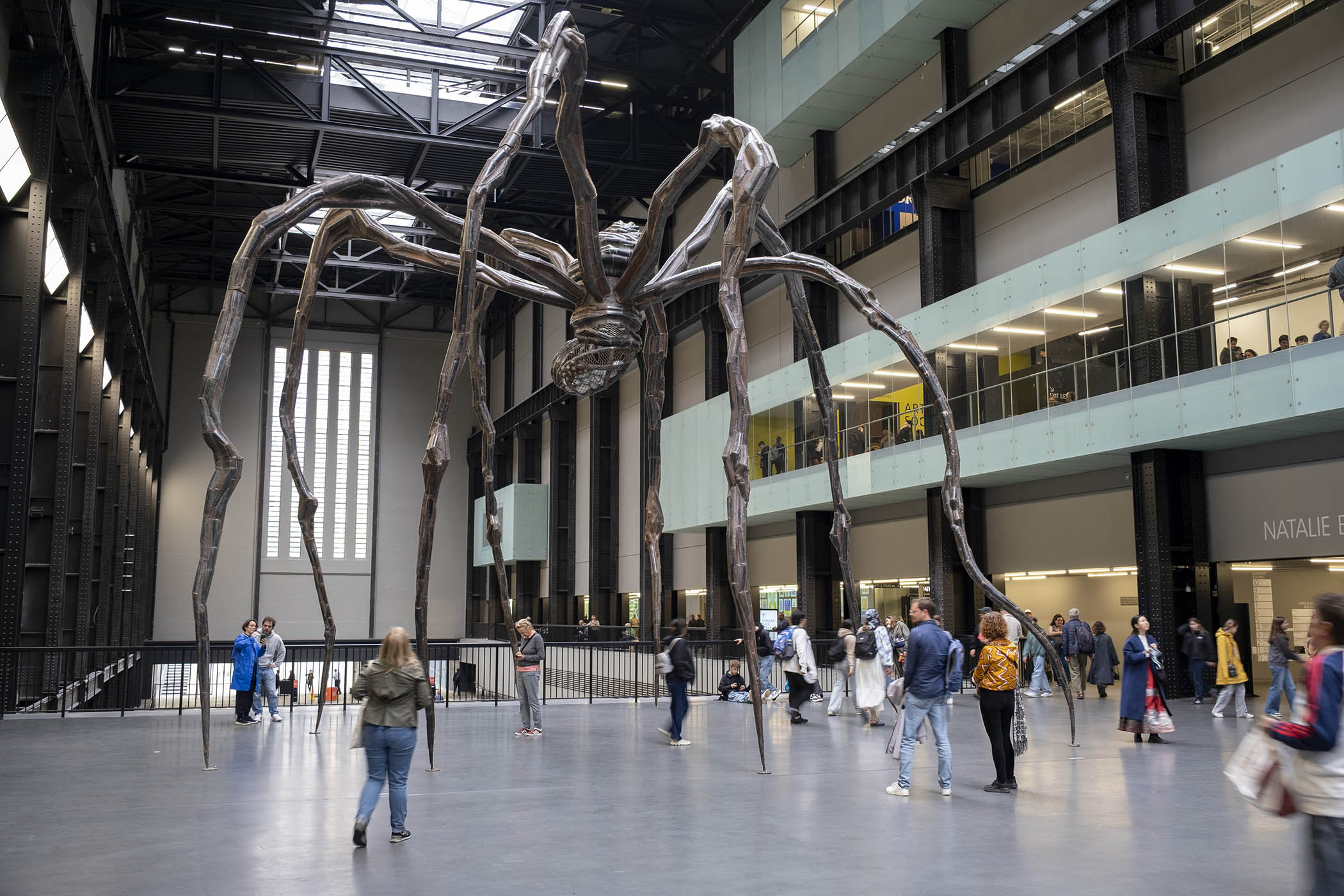Certain narratives are hard to kill. One of those is that corner shops are reaching the end of the road. It was once true. In 2010, Mary Portas mourned that our love affair with the supermarket was destroying “these cornerstones of family life”. In 2018, the Daily Mail predicted that online shopping-obsessed millennials would finish them off for good. Meanwhile the Evening Standard ran a campaign to “save our small shops”. (“How on earth did it take so long for such a campaign to be launched?” asked the Guardian). But corner shops, against all the odds, are thriving.
There are now 50,500 corner-shops in Britain – up from 47,000 in 2020. These are shops roughly defined as convenience stores: open long hours, less than 3,000 sq ft, and selling everything from hair dye to aspirin to baked beans to pet food. Some are part of franchises such as Nisa, owned by the Co-op, or Tesco’s Londis, but 71% are stubbornly independent. The market is valued at £48.8bn a year and growing.
Their strange survival is tinged with irony – it is partly a result of the forces once predicted to end them. Online services have taken a scythe to newsagents, post offices, off-licences and banks, and corner shops have mopped up the remains, becoming a condensed high street all by themselves.
“Most are licensed now, most sell newspapers, some have ATMs and allow cash deposits,” says James Lowman, chief executive of the Association of Convenience Stores. Many also act as a de facto post office for online deliveries. People still need to pick up parcels, draw cash, and collect benefits. Not everything can be done online.
It turns out that these stores can exist happily alongside large supermarkets and online delivery services. People tend to forget things, and it is expensive to order a single pint of milk on Deliveroo – more corner shops are branching into fresh food to meet this need. Counter to predictions, generation Z is driving these trends. Each year they are spending nearly £1,000 each on average in corner shops – more than any other age group. Their habits fit: they are less likely to drive, so shop locally, they go out less often – instead, they might pick up a treat for a night in.
Related articles:
There are some modern advantages to being small: you can follow snap trends that emerge online and then quickly disappear. Examples might be energy drinks such as Prime Energy or toys such as Labubu dolls, crazes driven by TikTok. Lowman says: “It is very difficult for a big business to spot something, order it in sufficient qualities and then get rid of the stock before it fades.”
Meanwhile, independents have held steady against franchises trying to take them over. Small shops might adapt better to their corner of the world, ordering stock for particular customers, letting the cash-strapped pay later, hiring family members to watch the shop when budgets get thin.
There are other signs things are on the up. New entrepreneurs are muscling into the market. In 2016, just 21% of those running corner shops had managed the business for less than five years; now that figure is 48%. They are more likely to take a bet on the business by renting premises, rather than owning them. And they are younger: some 29% of owners are under 30. Fewer are simply taking over from mum and dad – the number of family-run corner ships is on the decline.
Perhaps this resilience should come as no surprise: corner shops have a history of weathering storms. When supermarkets emerged in the 1950s they undercut small shops, but south Asians arriving in the country kept them going: discrimination in the job market pushed immigrants into entrepreneurship – running your own business was a more attractive proposition. Now this group is quietly moving out of the sector. In 2012, roughly half of corner shop owners were Asian or Asian British – the same proportion as white British owners. Now the former group has shrunk to 33%, white British owners make up 58%, and other ethnic groups 8%.
This is partly due to expanded opportunities: Asian Brits do particularly well at school and tend to aspire to higher-earning jobs for their children. But while racism retreats in other jobs, it has not completely faded for shopkeepers.
Gen Z spends more in corner shops than any other group – nearly £1,000 each a year
“For a lot of people in Britain their corner shop owner is their only contact with multiculturalism,” says Sathnam Sanghera, whose novel Marriage Material is set in a family-run shop in Wolverhampton. “Which is odd because you were often flogging them rightwing newspapers perpetuating stereotypes about you.”
If this has expanded minds, it has also made shopkeepers the target of face-to-face racism, and sometimes even violence: they were attacked in the riots of 2011.
“I found working in them really depressing – a way to make yourself invisible as an Asian man, as everyone expects an Asian man to be in a corner shop,” says Sanghera. But he notes that many other people love it, as a chance to connect with their customers
It’s not the only challenge shopkeepers face. Anxiety peaks at budget time: rises in the minimum wage or national insurance can rock them, as can any taxes on vice, a corner shop staple. They used to sell pornographic magazines – now tobacco and vapes make up nearly 20% of their sales, along with alcohol (15%) and soft drinks (8%). The government is keen to cut all three from our diets. Meanwhile, there were 6.2 million incidents of theft at convenience stores in the last year. Thieves are getting more brazen, says Lowman – just two or three regular offenders are enough to start a local crime wave. All this may burn out employees.
But the signs are that the corner shop will prevail. It's odd that, for all their adaptation, these shops are something of a time capsule. In supermarkets, the automatic check-out reigns; in corner shops, the people behind the till still tackle school bullies, chat with elderly customers and banter with people they have known for years. We are still romantic about corner shops.
“Something of the micro-history / of the land filters / through those baked bean / cans, those lightbulbs / those fork handles,” writes Booker Prize-winner Ben Okri in his ode to a corner shop. Through the vape pens, scratch cards and cans of Monster, history filters still.
Photograph by Chronicle/Alamy



